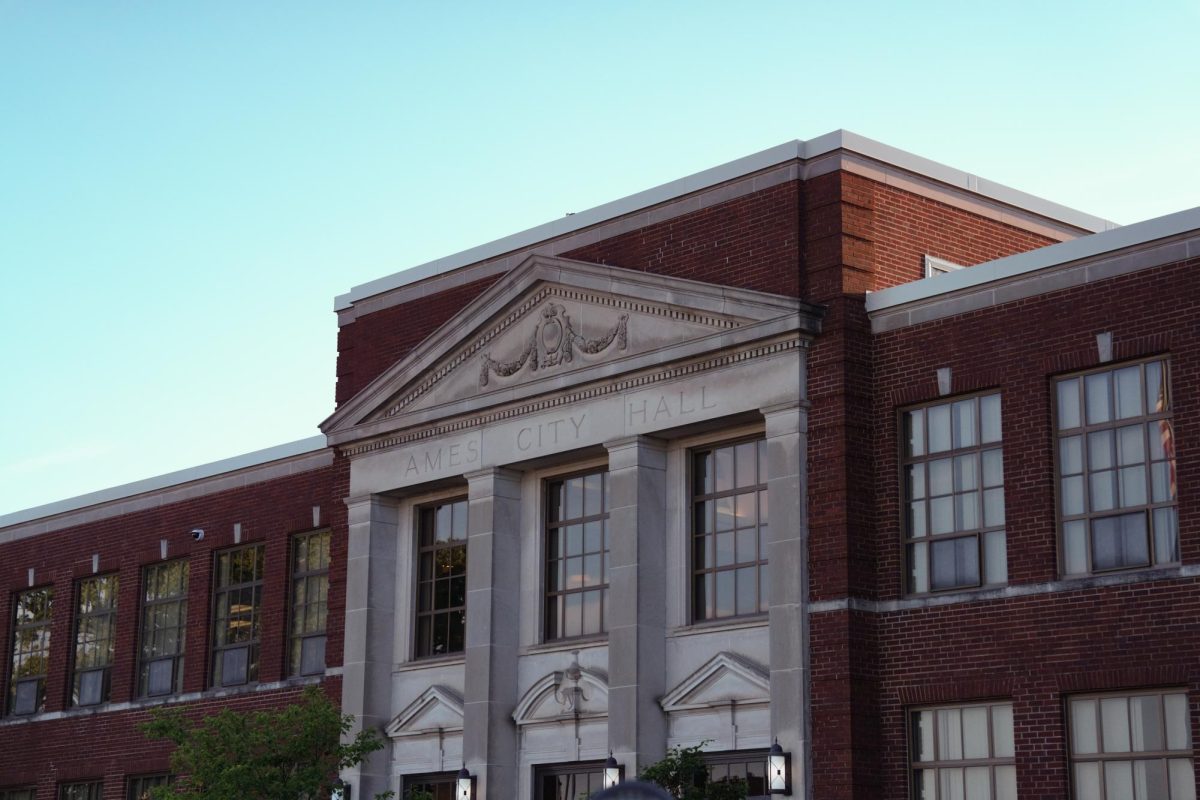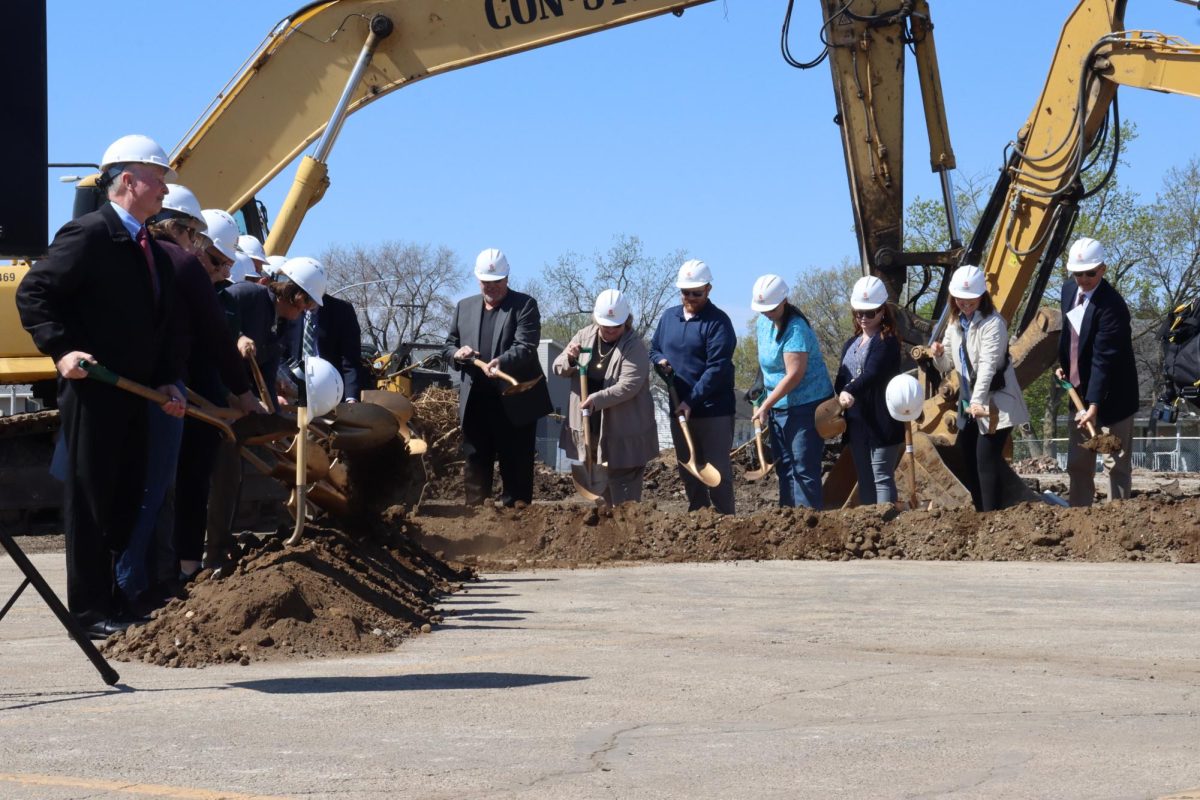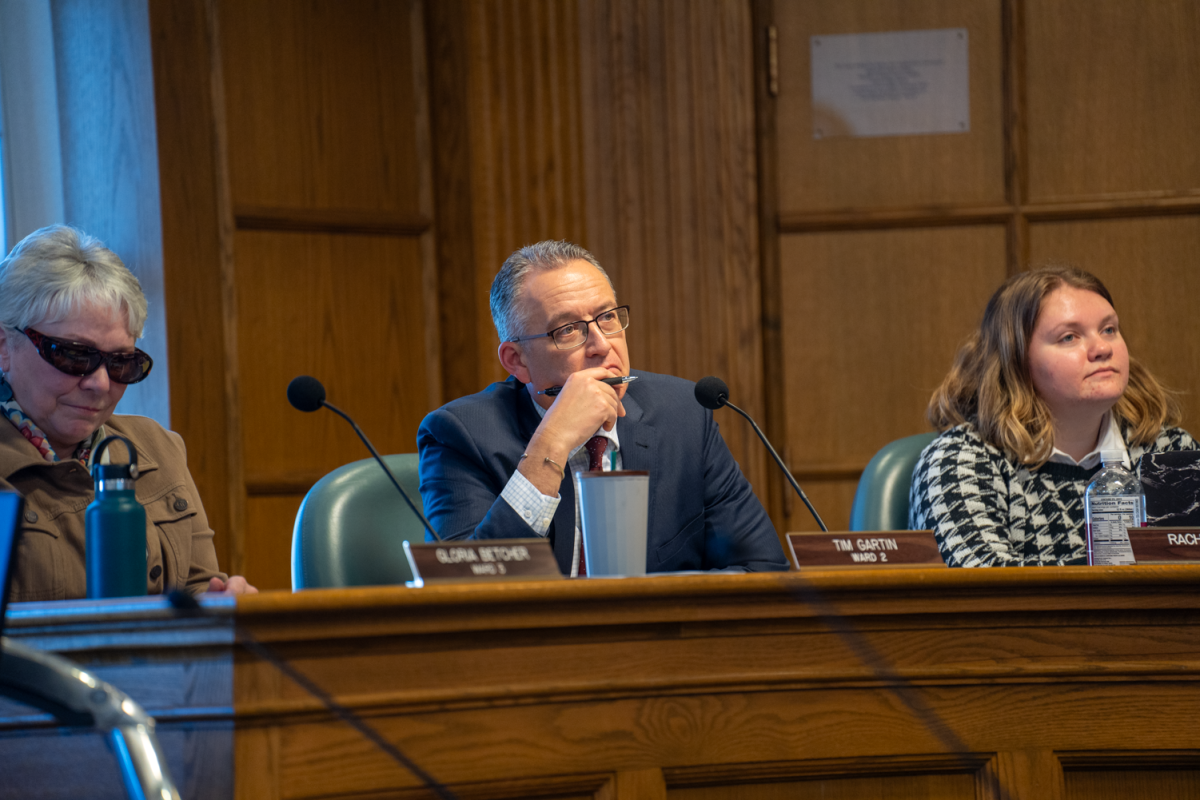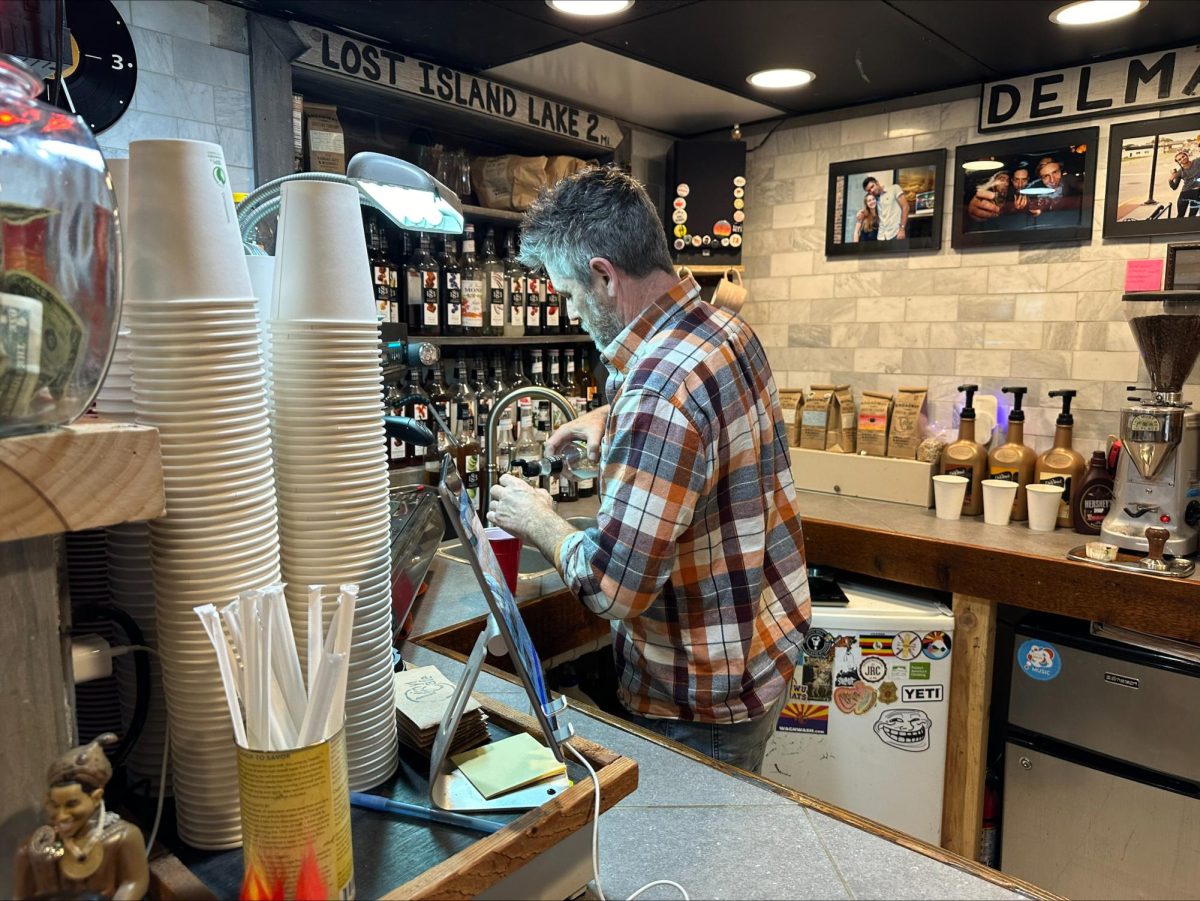The City of Ames Bicycle and Pedestrian Plan has entered the public input phase, with community members being asked to review the draft and share their thoughts with the city.
According to the city of Ames website, the two-part Walk, Bike, Roll Ames project was put into place to create a bike and pedestrian plan with safety, comfort and ease in mind. There are two parts within the project.
“The first is a far-reaching plan that will identify policies, programs, and projects that will improve walking and biking in Ames, with short-range and long-term recommendations. The second piece will focus on wayfinding, which is a system of signs that helps people get to destinations,” the website states.
Within the plan, there are 77.7 miles of paths and bikeways, 15 miles of new sidewalks and 108 crossing projects. These projects would cost $101.9 million in total.
These projects will be prioritized, with the highest priority being completed first. The plan states that the funding will come from different sources, including grants, but there will also be dedicated funding for the project. The dedicated funding has been $1.2 million but will increase to $1.3 million starting in fiscal year 2025, with an increase of $100,000 every five years.
The plan states the anticipated funding levels could fund the priority projects in 15-20 years, but inflation is expected to outpace the increases in dedicated funding. Due to this, the options laid out are an increase in dedicated funding, grants, including the projects as part of roadway or other capital projects and developers providing improvements to meet Ames regulations.
Ward 1 Rep. Bronwyn Beatty-Hansen said the plan not only improves walking and biking in Ames but also coincides with the city’s Climate Action Plan and plays a part in economic equality.
“For one, it’s an important piece of our Climate Action Plan to reduce individual automobile trips, and so part of that is strengthening both transit and what we would call active modes of transportation, so bicycling, walking,” Beatty-Hansen said. “Not everyone in Ames owns a car. You know I think we often forget the privilege behind owning automobiles, and so not everyone either can economically or for other reasons have a car or drive a car.”
The recommendations portion of the drafted plan lays out where problem areas are for people walking or biking and gives the cost and other information on different ways that the areas could be improved. The plan maps information such as crash data and traffic stress levels to show where some of these improvements could be coming soon.
Mark Gansen, a civil engineer for the city of Ames, said the biggest challenge of the project is identifying every potential improvement project given Ames’ size.
“The comprehensive nature of it is nice, but when you’re trying to do something of that scale, it certainly presents some challenges,” Gansen said. “I feel like we’ve done a really good job handling that.”
Options include separated bike lanes, shared use paths, median islands and crosswalk visibility enhancements, among others.
The wayfinding portion of the plan is what Damion Pregitzer, a traffic engineer for the city of Ames, said could be one of the biggest changes that community members could see. The wayfinding system would provide guidance to the community on where bike routes and trails lead.
“You don’t want to hop on a trail and find out that a dead end’s somewhere you don’t want to be,” Pregitzer said.

Pregitzer said this element will be helpful to people who are not comfortable walking or taking a bike somewhere because they do not know where to go. Pregitzer said the wayfinding element is “robust.”
The plan is now in the public input phase, where the Ames community can provide their input through the city website. A news release from the city states the draft will be available for community review until Friday, and the Ames City Council will review the public input during a special meeting at 6 p.m. on April 16.
“Any plan is crucial that you have public feedback on, and I think we’re really fortunate, at least in Ames, that the interest level for walking and biking is always really huge,” Pregitzer said.
While the public input phase is ongoing, Pregitzer said a theme across both this phase and the input phase of other transportation projects is pedestrians wanting more space from vehicle traffic.
Pregitzer said even with the approval, many of the projects will take time, and the plan is designed to last decades, and it will take patience to wait for some of the improvements to be made.
“You want [the improvements] to be done within the next three to five years,” Pregitzer said. “Really, we’re talking like a 20-year plan, 20 or 25-year plan.”
Beatty-Hansen said it is important to make the plan “as complete as we can plan for it to be right now” since it could affect the community for years to come.
“It’s possible that we will have updates that we will need to make in five years, but the more we can think about now, ahead of time, the better,” Beatty-Hansen said.














